Merak, Banten, 02 Dzulqa’dah 1437/05 August 2016 (MINA) – Indonesia wants to split the shipping lanes in the Sunda Strait between Java and Sumatra islands to regulate the direction of traffic and increase safety and security.
Indonesia’s second-most crowded waterway is used by 70,000 vessels a year — up from 7,000 four decades ago — and is critical for international trade, the Straits Times reported, quoting Arief Havas Oegroseno, a deputy to the Coordinating Maritime Affairs Minister.
Cargo carried by vessels from Australia, the Middle East and Africa bound for Singapore, mainland China and Hong Kong normally pass through the Sunda Strait.
The 24km-wide waterway also accommodates ferries carrying trucks loaded with goods and commodities between Java and Sumatra, Indonesia’s two most populous islands.
Also Read: Indonesia Reaffirms Full Support for Palestinian Independence Before Jordan’s King
The government is deploying today a multi-purpose research vessel, the KRI Rigel, equipped with a remotely-operated vehicle and an autonomous underwater vehicle on a 50-day mission to collect data on the strait including its depth at various spots and sea currents.
Indonesia will then apply to the International Maritime Organisation (IMO) for approval to carry out a traffic separation scheme, where north-bound and south-bound vessels will have to take a designated route within the strait, which is the country’s second-most crowded waterway after the Malacca Strait.
“The similarity in conditions between the Sunda and Malacca straits is that both are narrow. The difference is the Sunda Strait also accommodates domestic trade, between Java and Sumatra,” Havas told reporters.
He said that unlike the Malacca and Singapore straits, the Sunda Strait does not yet apply a traffic separation scheme.
Also Read: Majenang Landslide: 21 Missing in Central Java
“We don’t want a repeat of a tanker leak incident in the Malacca Strait in 1974 in the Sunda Strait (which is) rich in sea turtles and conservation areas,” Havas added.
Indonesia, the world’s largest archipelagic state, has some 17,000 islands. It owns all waters between islands enclosed by its archipelagic baselines but cannot prevent vessels from other countries passing through its archipelagic waters.
With the IMO’s approval, Indonesia has designated three archipelagic sea lanes or Alur Laut Kepulauan Indonesia (ALKI) through which foreign vessels can pass, including the Sunda and Maluku straits.
Another busy ALKI is the Lombok Strait — between Lombok and Bali islands — that accommodates shipping from Pacific countries and northern Australia bound for Singapore, mainland China and Hong Kong. (T/R07/R01)
Also Read: BPOM Sets MURI Record for Producing 810 Reference Standard Compounds
Mi’raj Islamic News Agency (MINA)











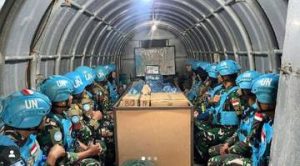

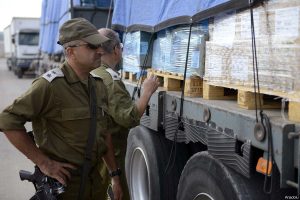
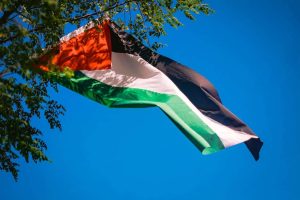
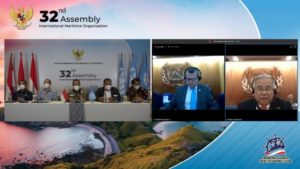
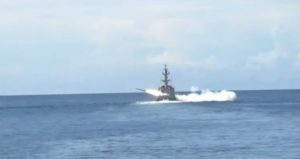
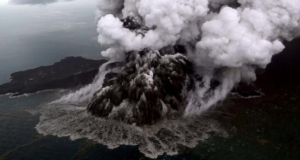
















 Mina Indonesia
Mina Indonesia Mina Arabic
Mina Arabic